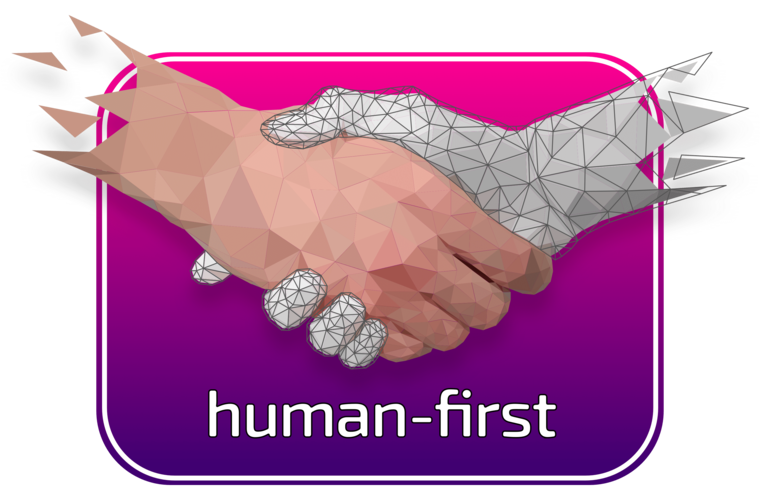This scene looks all too familiar: it’s the busiest day of the week for your business. Two employees called in sick, and you were already short-staffed, to begin with. In addition, supply chain issues caused a shipping delay in a few critical supplies. You love this business, but as you roll up your sleeve to help out, you see the sweat on your staff’s brow and the annoyed look of the customers waiting in line. You wonder if there’s a better way? There actually is. It’s called Autonomous and Sustainable Retail (ASR), and it’s finally here.
Wings Can Create Truly Sustainable Businesses
If the pandemic has taught us anything, it’s that things can (and often will) change on a dime. Between labor shortages, employment practices, consumer trends, economics, and supply chain issues…anything can happen.
Building a sustainable business is about a foundation that can withstand multiple simultaneous challenges. Retailers and restaurants serve an incredibly foundational function in our society.
- Restaurants provide the basics of sustenance and nourishment to their communities
- Retailers provide goods such as clothes, housewares, tools, and electronics to households everywhere
- Ownership and employment provide the income needed to pay for life’s basic requirements and enjoyment
Individual livelihoods and the economy rely on fully functioning businesses that operate sustainably in various conditions. Yet, our operational models haven’t changed for many years.
Certainly, we’ve made some advances with online ordering, individual restaurant apps, and food delivery services. But these transition steps towards digital ordering and automated fulfillment aren’t looking at autonomy and sustainability for the business as a whole that uplifts the staff and improves profit margins.
That’s our mission at Wings.
We’re not replacing people - we’re replacing friction.
What this world needs is more human connection, not less. How about we free up some of that manual labor and wasteful inefficiencies so that consumers, staff, and management have a smoother experience that keeps up with real life? We’ve all seen science fiction movies with cold, imposing, and sometimes sinister robots replacing human beings everywhere. And while that makes for gripping cinema, it doesn’t have to be that way in real life. With “living life” as the ultimate goal, we’re designing small automated systems that work behind the scenes so that you and your staff can stay focused on the human experience.
You’ll still have real humans serving the customers - but in a much more efficient and pleasant way.
- Instead of consumers waiting in line during the lunch rush while staff members churn out the orders, automated systems can help manage and prepare the food “just in time.” This eliminates the long wait for the customer and the stressful lunch rush for the staff.
- When employees call in sick, automated systems can alleviate the burden on the limited staff on site. No more “sorry for the long wait, we’re short-staffed today.”
- Restaurants and retail can keep their turnover costs down by automating much of the manual labor and simple processes that require training and re-training. Less focus on logistics, more focus on customer service.
The truth is, we’ve always “robotized” human labor…we’ve just done it inefficiently. For example, in the retail and restaurant business, we’ve created a system of staff members running the same manual process over and over again. That’s just the way it’s always been done.
The existing way is highly vulnerable to labor volatility and inevitable human mistakes. Not to mention it’s stifling our human creativity. But it doesn’t have to be this way.
Let’s give the “robotic” jobs to the automated systems and design them so well that we’re hardly aware that they’re doing them. As a result, the job gets done faster, more efficiently, and intelligently. Less time and hassle mean more time for human interaction and creativity.
Approaching Intelligent Automation in a Whole New Way
Most of the automation out there has been based on the concepts that began in manufacturing. And while these concepts have brought tremendous efficiencies and improvements to the manufacturing business - it doesn’t always translate well into serving customers in retail and restaurant establishments.
Creating thousands of identical SUVs on an assembly line is a far cry from serving a real human being who needs dairy-free options, has a peanut allergy, and got delayed on their way to pick up lunch.
People are not widgets - we have preferences, needs, and personalities. At Wings, we’re designing autonomous systems that not only create efficiencies in logistics but in personalizations and trends too.
How does this work? Instead of jumping directly in to automate the different stations, we look at the overall workflow.
- What are the different stations and workflows?
- What are the various use cases?
- Where are the bottlenecks?
- Where are the vulnerabilities?
- What is time-sensitive?
- Where are the fluctuations?
And finally… how can we automate without getting in the way of humans?
The best type of automation is one that operates behind the scenes seamlessly - not in our face. We’re designing systems that are half the size of other automated systems - and use half the energy. We’ve paid particular attention to using space…or, more specifically, NOT using up so much space.
We’re determined to create sustainable automation that serves human existence, not the other way around. Because we started from scratch, we’re not locked into any paradigms or protocols. Our vision is wide open. The technology is readily available: the power is in designing efficient, affordable, and logical systems that reduce waste, mitigate vulnerabilities and risks, improve profitability and job stability, and enhance the human customer service experience.
Ready to see how you can become an autonomous and sustainable retail business or restaurant? It’s more accessible than you may think. Book a discovery call to find out how.
